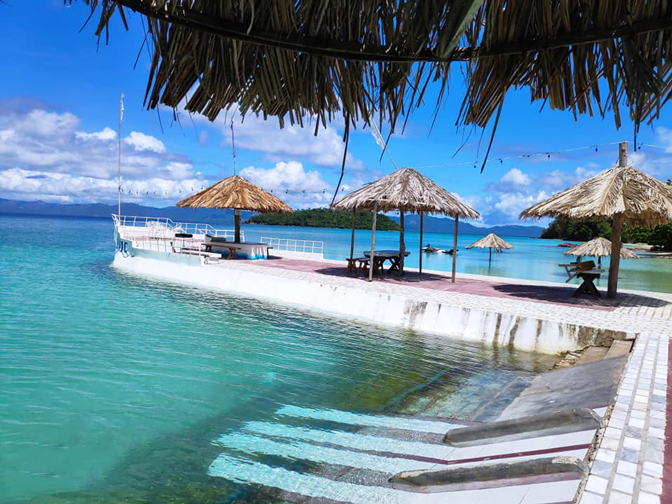100 Lives: Daily Reality on Romblon’s Tiniest Island
One island in Romblon measures just 50 hectares. Its 100 residents live without cars, traffic signals, or supermarkets.
Key Facts
Island name: Alad (smallest inhabited in Romblon)
Size: 0.5 square kilometers
Population: 102 (2024 count)
Vehicle count: 0
A 72-year-old resident says: “My feet and boats are all the transport I’ve ever needed.”
Daily Life Without Cars
1. Getting Around
Walking paths connect all homes
Bamboo bridges span waterways
Small boats for inter-island trips
2. Moving Goods
Handcarts for heavy items
Shoulder poles for balanced loads
Boat deliveries twice weekly
3. Emergency Transport
Motorized outrigger for medical cases
Volunteer stretcher teams
Helicopter pad (unused in 5 years)
Island Infrastructure
1. Power Supply
Solar panels on 20 homes
Generator runs 6-10pm
Kerosene lamps still used
2. Water Access
Rain catchment systems
Deep well with hand pump
Water rationing in dry months
3. Communication
Single cell signal spot
Message boats to mainland
Radio for weather alerts
Economic Activities
1. Primary Jobs
Fishing (38 residents)
Coconut farming (22)
Handicrafts (15)
2. Trade System
Fish for rice with mainland
Repair services for goods
Shared equipment use
3. Cash Income
Occasional tourist homestays
Seasonal seaweed farming
Remittances from relatives
Community Structure
1. Decision Making
Weekly elder meetings
Youth council input
Consensus-based choices
2. Conflict Resolution
Public discussions
Restorative justice
Rare outside intervention
3. Education
One-room elementary school
High school by boat
3 current college students
Challenges Faced
1. Healthcare Access
No permanent doctor
Monthly visiting nurse
Serious cases evacuate
2. Climate Vulnerabilities
Storm surge risks
Eroding shorelines
Freshwater scarcity
3. Youth Retention
80% of graduates leave
Limited job options
Aging population
Unique Advantages
1. Social Benefits
Zero crime in 12 years
Shared childcare
No wealth disparity
2. Environmental Perks
Clean air and water
Sustainable fishing
Low carbon footprint
3. Cultural Preservation
Intact traditions
Oral history keeping
Traditional boat building
A Day in the Life
5:30 AM – Fishermen depart
7:00 AM – Children row to school
10:00 AM – Women weave mats
3:00 PM – Men harvest coconuts
6:00 PM – Community storytelling
8:30 PM – Generator turns off
Questions for Visitors
Could you live without constant electricity?
What skills would you bring to this community?
How would your lifestyle change here?
The answers reveal much about modern dependencies.


